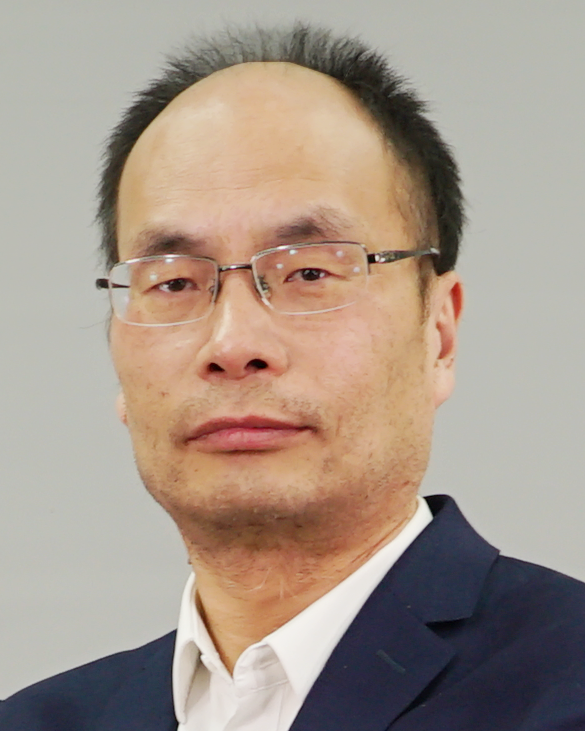Broad-frequency solar energy absorption and conversion by solid particles
This DIA-supported project aims to develop solid particle-based solar receiver technologies, which will enable solar thermal power to operate at higher temperatures and across more of the solar wavelength spectrum to increase the technology’s efficiency. The DIA programme is supporting Professor Xiaoze Du to work in collaboration with the University of Hertfordshire to develop these novel solutions. The research outcomes will help develop clean and renewable energy technology both in the UK and China, reflecting the Academy’s strategic goals of a sustainable society.

Tackling a major problem
Professor Xiaoze Du serves as the Dean of School of Energy, Power and Mechanical Engineering, North China Electric Power University. His research covers solar energy, thermal energy storage, hydrogen energy, enhanced heat transfer, and microscale heat transfer. He has published more than 150 papers in refereed archival journals, which have been cited over 11,000 times, alongside more than 40 patents, several of which are in the energy industry.
In 2017 he received a grant as part of the Royal Academy of Engineering’s Distinguished Visiting Fellowships programme (DVF), which allowed him to pursue new areas of research related to his core interest. He conducted a project with the University of Hertfordshire. While he was in the UK, he also visited several other higher education institutions. He established and strengthened a consortium that will lead the relevant research area and assist in securing funding. He aims to build on this consortium to enable the DIA-supported project.
Thermal solar energy
The Academy’s strategic development goal of using engineering and technology to develop sustainable societies depends on sufficient and efficient energy supply through clean energy production. Solar energy is the most abundant clean renewable energy on the surface of the Earth but there are several challenges and barriers for large-scale and high-efficient use of solar energy, including low conversion efficiency and variation over time. Solar thermal power is one of the most efficient approaches to harness solar energy, where the concentrated solar energy is captured by a heat transfer fluid (HTF) that can also be used as storage medium to eliminate the solar energy’s time variation.
“Through the Distinguished International Associates programme, I expect the long-term outcomes and impacts of the international collaboration/network to continue accumulating as a role model for a decade or more…”
To overcome the technological bottlenecks associated with the most commonly used HTF, molten binary nitrate salt, the project is developing a novel solar particle receiver with solid particles as the HTF. This can effectively broaden the utilisation band of the solar energy spectrum and achieve full-spectrum capture, absorption, and storage of solar energy. The expected outlet temperature of the receiver from 560°C currently to over 1000°C.
Building on the earlier collaborative research of Chinese and British participants, the project aims to use online and offline combined seminars, academic visits, joint training of graduate students, cooperative research, and will explore how to characterise and model the proposed HTF, which could solve the key problems related to the technological bottlenecks of solar energy use. This will allow academics and engineers from both the UK and China to work as a team and trigger further collaborations in the near future, in terms of funding application, research developments speeding up the progress in research, development and innovation in solar energy engineering. The project also intends to provide training to young researchers such as PhD students. This will allow young researchers to enhance their research capacity, short- and long-term career perspectives, research paper skills, networking development, and international collaboration.
Related content
DIA awardees
Distinguished International Associates (DIA) are international engineers working across all sectors. They work at the c…
FAQ
Information and answers to common queries about the Distinguished International Associates (DIA) Programme
